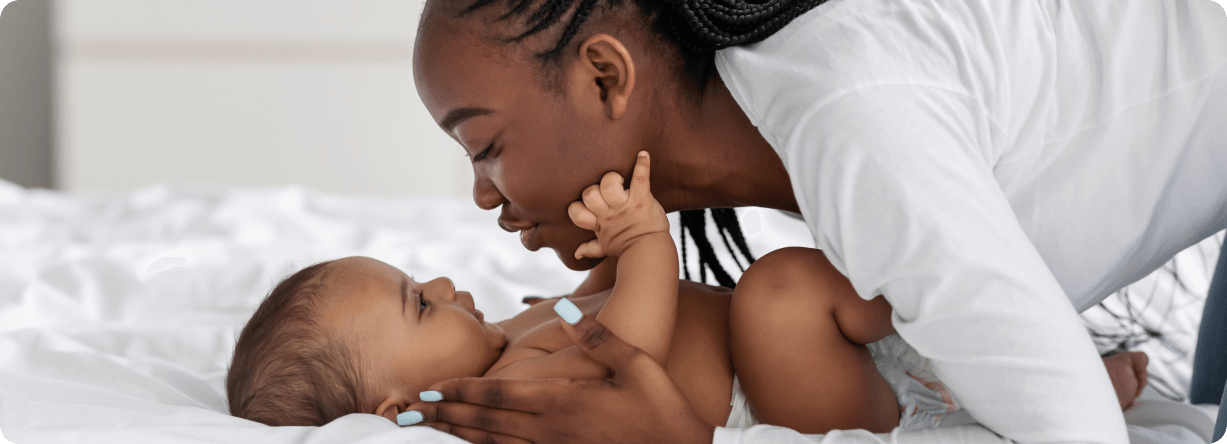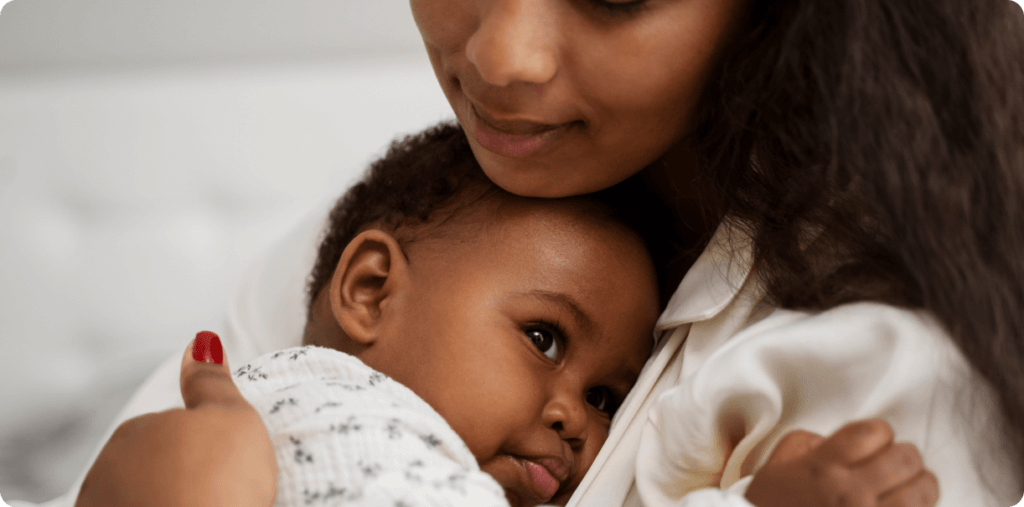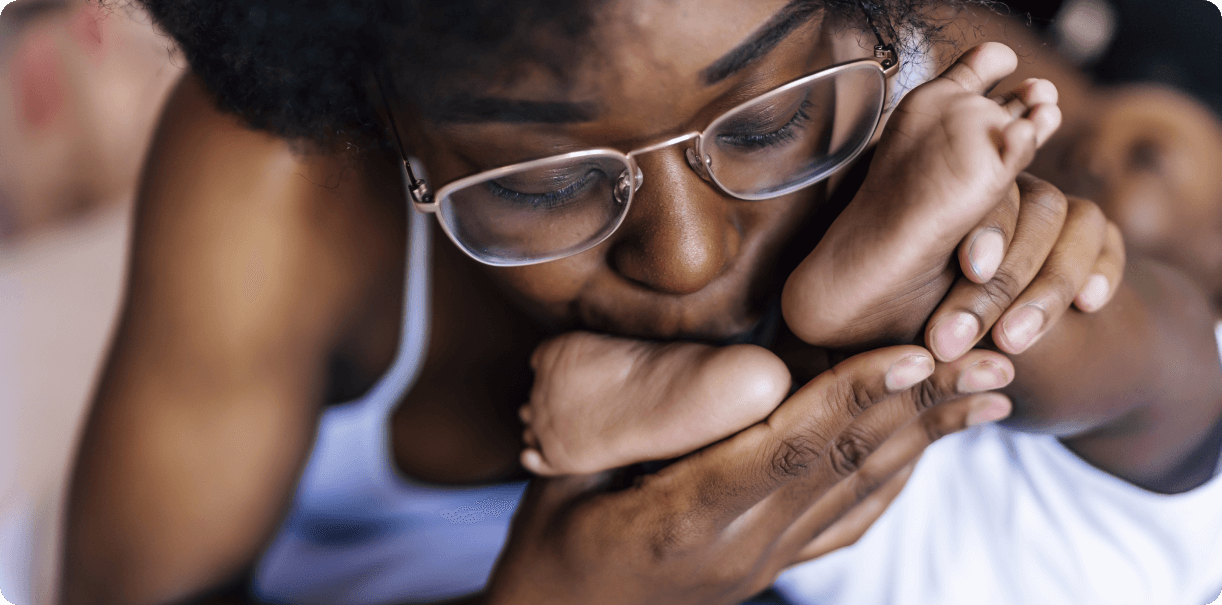
Whether you realise it or not, you are already giving your baby gentle massages. It may be a soothing touch when he is cranky, or rhythmic strokes to put her to sleep or circular motions on the stomach to provide relief from colic. The first time massages that a baby gets almost always come from the mother. Just like we enjoy the soothing touch of massages, babies find the gentle touch of massages very comforting.
Baby oils are an integral part of a baby skin care kit. They are used to give the baby a full body oil massage and for sealing in moisture after a bath. Some adults use baby oils for an oil massage for the face as it can be the best moisturizer for dry skin on the face. Use a mild baby oil that is good for the sensitive skin of little babies. PIGEON Baby Oil contains pure essential oils like Jojoba and Chamomile that help keep the baby’s skin moisturized and soft. The best massage oils keep the skin soft and supple and are useful as a diaper rash remedy because the oil soothes the skin and helps it heal.
Body massages provide a lot of benefits in addition to keeping the skin healthy. The gentle, rhythmic movement of a massage helps to improve blood circulation and relaxes the body. This allows the baby to stay calm and sleep better. The increased flow of oxygen enhances communication between the baby’s brain and body and improves immunity. Baby massages are also known to release hormones that help in providing relief from chest congestion, teething pains, and colic. Oil massages also help in improving flexibility and coordination.
It is recommended to wait for 10 days to two weeks or till the umbilical cord has fallen off before giving the baby its first massage. While babies love skin stimulation, their tender skin may not be ready for external baby products and structured massages. Applying baby oil before the baby’s skin is able to develop a protective barrier may cause the skin to react adversely even to mild, baby-friendly skin products. If your baby was born premature or had complications at birth, take a doctor’s advice before starting oil massages.
Once the baby starts to move around on its own, it may not have the patience for long, structured oil massages. It may also be dangerous if the baby tries to crawl/walk around with oil on its legs and feet. At these stages of the baby’s growth, ensure that the after-bath massage is kept short and that the oil is fully absorbed, with the excess wiped off before you let the baby move around on its own.
Now that we have talked about the Why of giving a baby a massage, we should also discuss the When, Where, and How of a massage.
When – It is important to choose the right time to give the baby a massage. You need your baby to remain calm and enjoy the process. Therefore, take care to choose a time when the baby is relaxed and happy. If the baby is cranky, he/she is more likely to fidget and throw tantrums. Also, remember to never give the baby a body massage immediately after a feed as it might cause the baby to throw up. Wait for at least an hour and a half after a feed, when the milk has been digested, before giving the massage. The best time to massage a baby is after he/she has had a bath. The skin will be most receptive to the baby oil at that time. Feeding the baby after a body massage may also help them to sleep better.
Where – Choose a cool (room temperature of around 24°C), quiet place, and a flat surface – the floor, on a bed, or a changing table for the massage. Choosing a place that the baby is familiar with keeps the baby relaxed and free from distractions.
How – During the initial massage sessions, you could massage the baby’s hands and legs only so that he/she gets used to the idea of a massage. Once the baby is familiar with the process, you could include the baby’s face and full body in the massage. Use gentle, rhythmic strokes with your fingertips to massage the body. To massage the torso, start from under the rib and rub in clockwise, circular movements. It may be good to apply gentle pressure on each of the toes and the pad of the feet with your thumb.
When massaging the face, use short, gentle strokes and take care to avoid the soft spot on the top of the baby’s head.
When giving a baby a massage, it is best to follow the baby’s cues. The baby will let you know which strokes he/she enjoys and which ones are dislikes. If the baby seems cranky or irritated during a massage, it is probably because he/she is tired or sleepy and it is better to stop the massage and try again when the baby is calmer.



